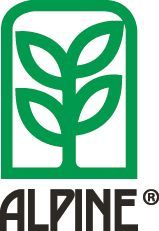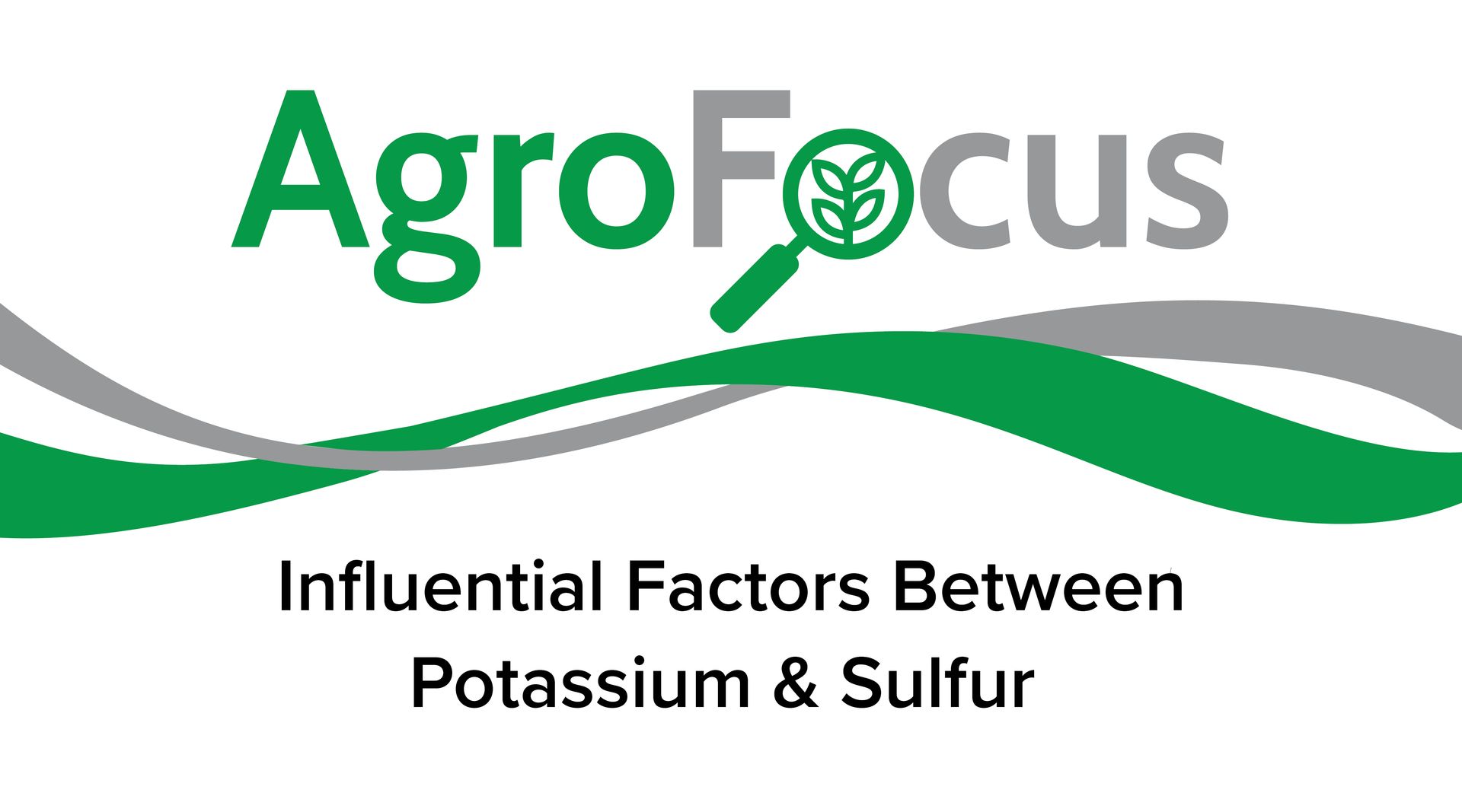Read the Label!!!
Labels, Labels, Labels, they are everywhere and on everything. Labels even have their own laws and new laws are being written for labels. Products all over the world are being sold based upon the information on the label. Ingredients listed in order of most to least to try to sway the consumer to purchase the product being offered. You may have seen television commercials for dog food or dog treats touting real meat that dogs prefer. They say, “compare the labels, now which one does your dog deserve?” There are gluten free labels, GMO labels, and Country of origin labels. How many of us actually read all of these labels? Are your buying preferences affected by these labels? I believe the answer is somewhere in that gray zone of “sometimes”. In the agriculture industry the labels are very important and you had better be reading them. Herbicide and insecticide labels may save you from making mistakes that could injure the crop or more importantly you the farmer. There are new products coming to market in agriculture every year. The amount of new biological products being brought to market is huge. The Ag producer needs to read the labels to determine what he is buying and what the benefits are. Biological products containing Plant Growth Promoting Rhizo-bacteria (PGPRs) like NACHURS Rhyzo-Link fertilizer are products containing beneficial bacteria. There are a lot products containing PGPRs. If you read the flashy marketing info you’ll find that many of these products tout the same benefits. Larger roots, better stalk quality, more above ground growth, better stress tolerance, better plant heath, which lead to higher yields. So how do you decide which product to buy? The answer is simple. Read the Label!!! Know what you are buying. The BioAg has been unregulated for the most part and questionable products give the good products a black eye. Good products don’t hide what’s in them. The strains of beneficial PGPRs will be listed and the concentration of PGPRs will be listed as CFUs/ml. The higher the concentration of PGPRs, the better the activity in the soil. The label doesn’t lie.
Labels, Labels, Labels, they are everywhere and on everything. Labels even have their own laws and new laws are being written for labels. Products all over the world are being sold based upon the information on the label. Ingredients listed in order of most to least to try to sway the consumer to purchase the product being offered. You may have seen television commercials for dog food or dog treats touting real meat that dogs prefer. They say, “compare the labels, now which one does your dog deserve?” There are gluten free labels, GMO labels, and Country of origin labels.
How many of us actually read all of these labels? Are your buying preferences affected by these labels? I believe the answer is somewhere in that gray zone of “sometimes”.
In the agriculture industry the labels are very important and you had better be reading them. Herbicide and insecticide labels may save you from making mistakes that could injure the crop or more importantly you the farmer. There are new products coming to market in agriculture every year.










